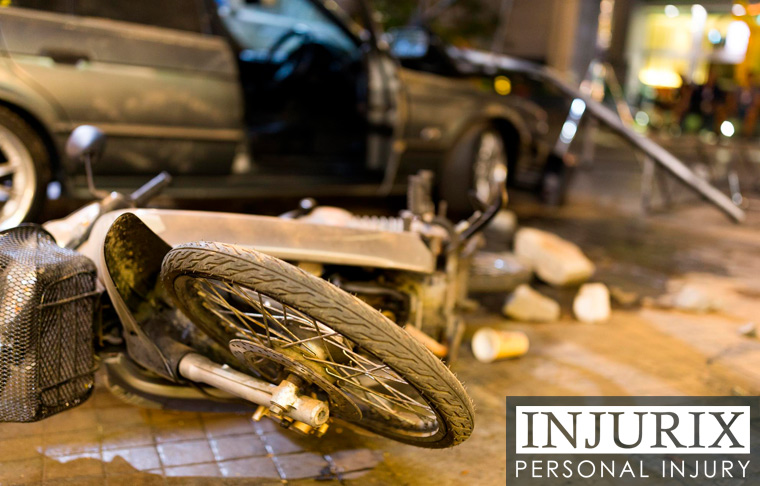
There’s an inherit tension between cars on the road and bicyclists. To the drivers, the biker is a nuisance. To the cyclist, the car is the bully who presents an existential threat. When a bike accident happens, the law is more likely to work for the biker. While both driver and cyclist are expected to exercise the “reasonable standard of care” that governs negligence cases, the biker’s increased physical vulnerability leads the law to lean that way in its protection.
There are still basic common sense rules that cyclists are expected to follow. A bike needs to be in the right-hand lane (or bike lane if specifically provided). They need to use their hands to make turn signals and the turns can’t be abrupt. The biker needs to come to a complete stop at a stop sign. But if these basic perquisites are met, then it’s likely negligence will be pinned on the driver.
With cyclists typically needing to be in the right lane, two common causes of accidents are running into a car door as a passenger opens it, or hitting a vehicle that makes a left hand turn. In both cases, culpability is going to rest with the driver. Opening a car door or making a turn require the individual in the car to clearly look and be certain that it’s safe to do so.
Furthermore, if the biker is young—a common occurrence, especially as the summer months come upon us—the “tender years” doctrine will further increase the liability of drivers. Children are considered incapable of exercising a reasonable standard of care and thus absolved of negligence at the outset.
The one solace for drivers is that, depending on what state you live, contributory negligence may allow you to shoulder something less than full liability if the biker shares a modest amount of fault. Otherwise, the message of the law is clear—give the bicyclists their space.